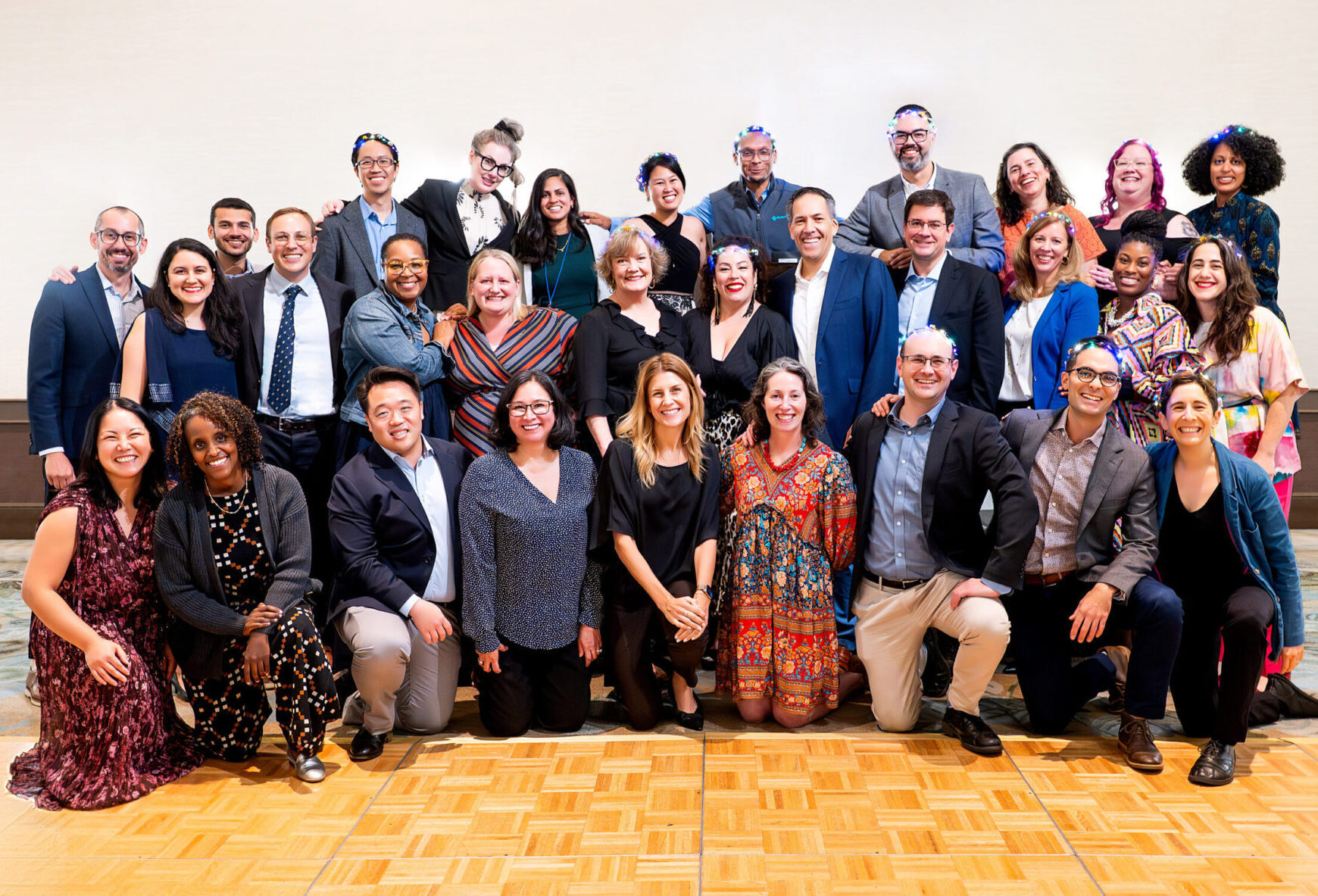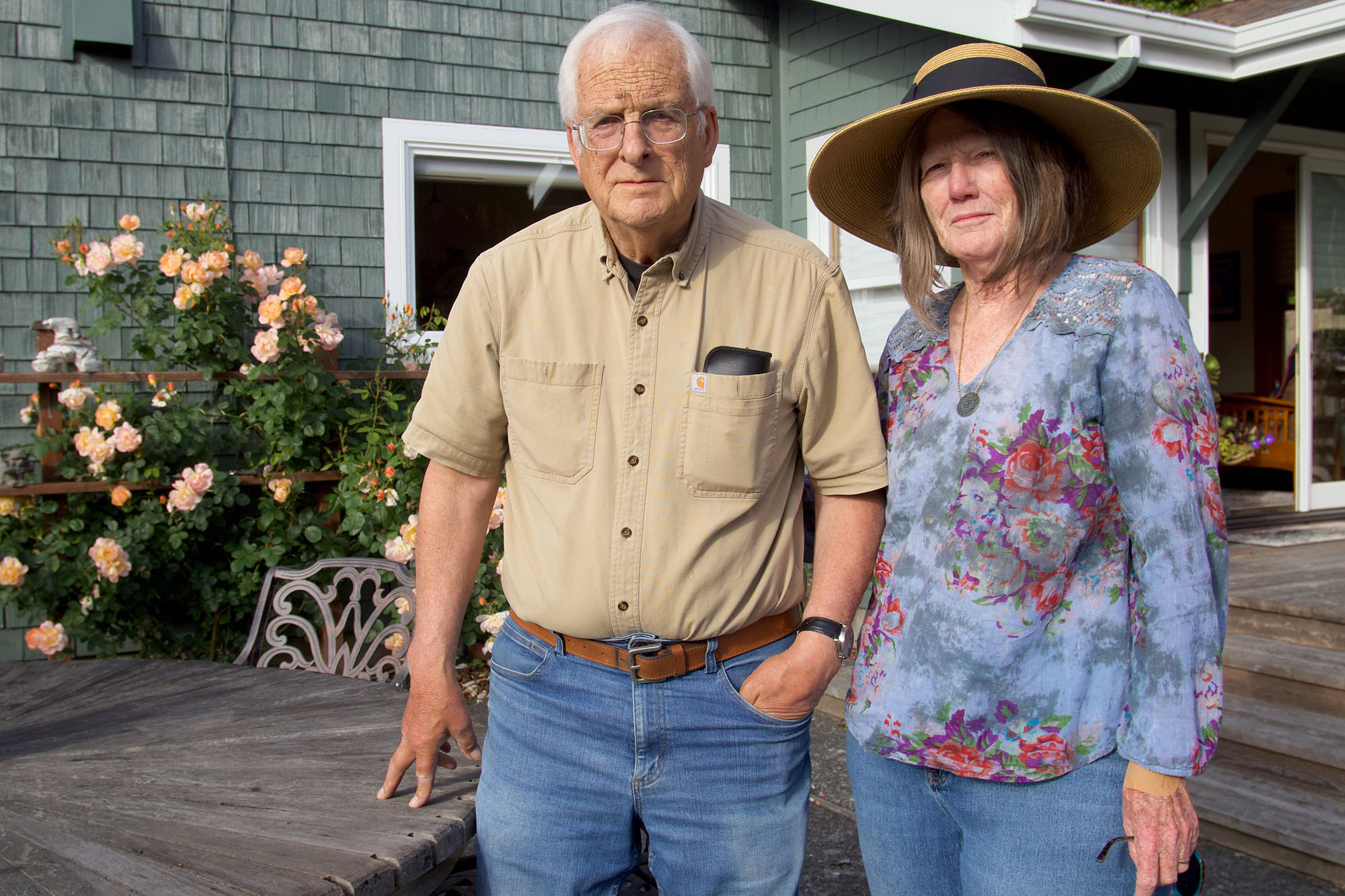
When Sally Dolfini, 74, was diagnosed with retinal detachment a few years ago, she and her husband drove three hours south to see an eye specialist in Santa Rosa who could preserve her vision surgically. The couple lives in rural northern California, and they were eager to return home the day after the procedure. They soon discovered this was a false hope. As part of her recovery, she had to wait for the pressure in her eye to decrease. They spent thousands of dollars on food and motel lodging during a three-week stay until it was safe for her to drive back to Ferndale in Humboldt County.
“It’s stressful to have to go out of the area to see specialists,” said Dolfini. “I’m worried about the lack of access to medical services as I continue to age.” Last year she traveled 520 miles round-trip to the University of California, San Francisco for a complex colonoscopy procedure. An endocrinologist even farther away at Stanford Medical Center manages her Type 1 diabetes. In May, Dolfini’s 80-year-old husband Steve was diagnosed with prostate cancer, and they plan to travel 150 miles south for diagnostic imaging to determine if the cancer has spread.
Access to specialists and primary care providers in rural Northern California has worsened as physicians retire and communities struggle to enlist and retain new doctors. “By the time we recruit a new doctor, another one is retiring,” said Mike Wiltermood, CEO of Enloe Medical Center, an independent hospital-based health system in Chico. “The physician shortages that used to be temporary are now chronic.”
Shasta County Declares Public Health Crisis
In response to the shortage, Shasta County Health Officer James Mu, MD, declared a “public health crisis” and warned the situation will deteriorate unless action is taken.
“The county’s medical workforce is aging, and the pace at which new physicians are entering practice locally is not sufficient to meet either current demand or future needs,” he said in a June 11 statement.
About 11.4 million Californians — one-quarter of the population — live in federally designated Primary Care Health Professional Shortage Areas. Hospital administrators and physicians cite many reasons for the increased difficulty of finding and keeping specialists, including the cost of maintaining a clinical practice and long work hours due to the lack of providers available to care for patients and share emergency call duties.
As the specialist physician workforce shrinks, doctors are becoming increasingly worried about the health impacts on patients. “They are skipping colonoscopies, skipping follow-up care with oncologists, skipping infusions with rheumatologists, and skipping sleep apnea testing because our few local specialists are at capacity and other appointments are too far away,” said Dannielle Harwood, MD, a family medicine physician in Chico. She also oversees residency programs for Healthy Rural California, a nonprofit group working to improve health and health equity in Northern California. “It’s frustrating and sad because I see my patients losing function and increasing their risk of other types of health complications.”
‘Burnout’ Sparks Retirement Plans
To increase specialist access, Partnership HealthPlan of California, the local Medi-Cal health plan for more than 900,000 members in 24 northern counties, recently surveyed physicians from 17 specialties in Butte, Humboldt, Lake, Mendocino, and Shasta Counties. About 55% of specialists said they plan to retire in the next five years. Their top reasons were burnout, advancing age, financial pressures, and lack of support and resources.
Northern California’s specialist shortage reflects a national trend. Although the number of annual medical school graduates has increased over the past 20 years, Medicare-funded residency opportunities for graduates have not increased since 1996. Moreover, specialty care has become less economically viable because Medicare physician payments (adjusted for inflation) have been cut by 20% over the past two decades, according to the American Medical Association.
Partnership’s survey underscores the importance of innovating solutions. Providers and hospital leaders in these counties are sharing ideas and experimenting with creative approaches. “There are many people who are interested in serving in rural communities and have a heart for doing that, and many of them have grown up in rural areas of northern California,” said Harwood. “We need to create pathways for them to do this work.”
Some Delay Retirement for Longtime Patients
A number of rural specialists in counties north of Sacramento have been delaying retirement so patients they have known for years are not abandoned. Kusum Stokes, MD, a 74-year-old gastroenterologist, was drawn to the coastal hills and welcoming community in Eureka when she started practicing 40 years ago. “It was fun raising kids in a small community where I could work and also volunteer in the school and attend all their school activities,” said Stokes. “Wherever we went, I would see patients.”
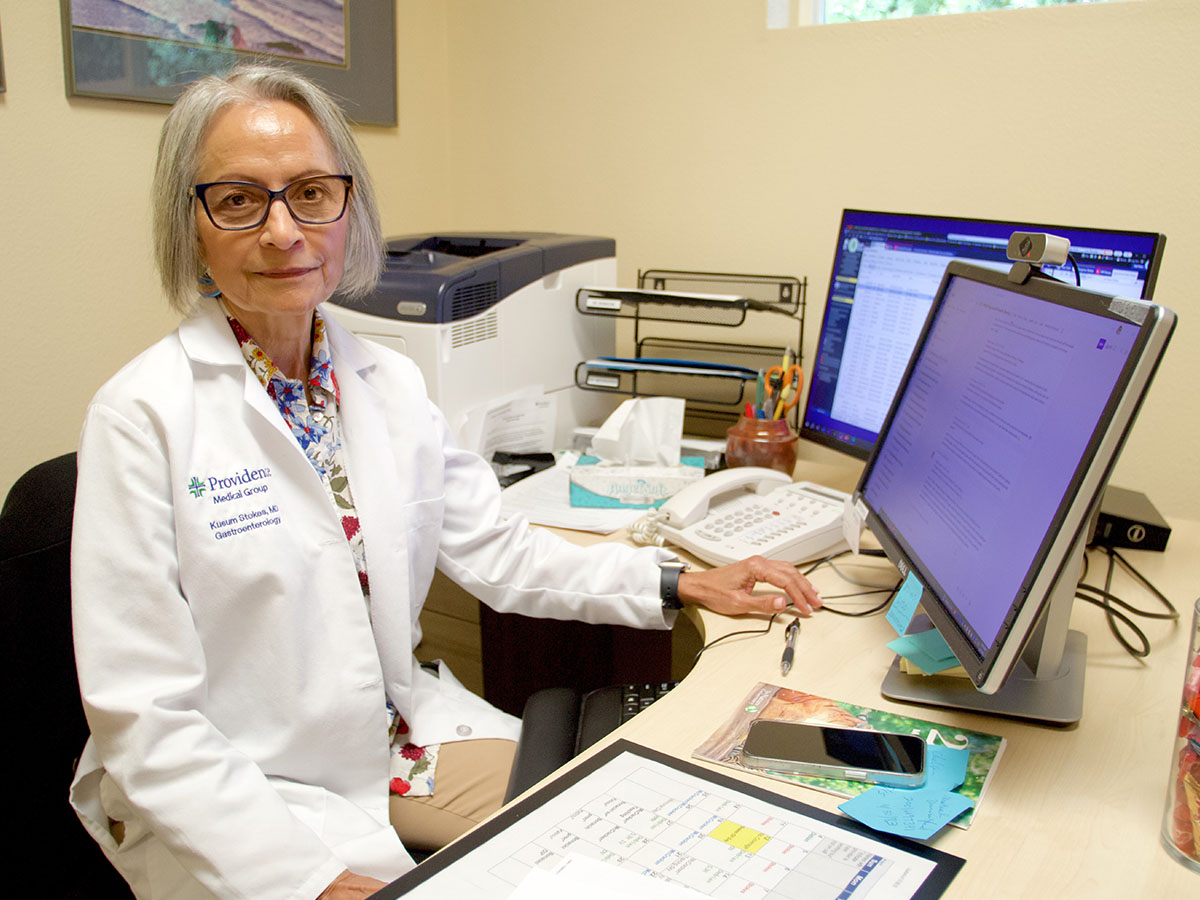
There were three gastroenterologists in the area for two decades, but within the last five years two of them retired. As the last gastroenterologist there, Stokes is slowly reducing her hours. She provides acute care in the hospital one week a month and sees patients one day a week in the office. “I am delaying full retirement because somebody has to take care of these people,” Stokes said. “I feel obligated because the community has given me a lot, and I want to keep helping patients.”
The consequences of the specialist shortage are painfully clear in the emergency room, she said. “They are getting diagnosed later with more acute cases of colitis, Crohn’s disease, and colon cancer,” she said. “These patients are going to the emergency department because they wait until the symptoms are more severe.”
They are skipping colonoscopies, skipping follow-up care with oncologists, skipping infusions with rheumatologists, and skipping sleep apnea testing because our few local specialists are at capacity and other appointments are too far away.
Dannielle Harwood, MD
Patients with diseases requiring specialist care frequently receive care from visiting physicians hired by health care facilities to fill short-term gaps in services. R. Douglas Matthews, MD, a colorectal surgeon at Valor Oncology in Chico and Redding, as well as a medical director at Partnership HealthPlan, has cancer patients who have seen two or three different visiting doctors by the time they start treatment, and they continue seeing new temporary physicians following treatment. These doctors are more expensive for hospitals than hiring long-term staff physicians. “The care feels fragmented,” said Matthews, whose father was a colorectal surgeon in Chico. “Many patients feel that the continuity of care is worth the burden of travel to bigger cities.”
Primary Care Providers as Proxies
The specialist shortage is also forcing patients to turn to their primary care providers for help managing conditions that would typically be seen by cardiologists, urologists, rheumatologists, and others. “My patients have become more complex,” said Kelvin Vu, DO, chief clinical officer at Open Door Community Health Centers, which serves Humboldt and Del Norte Counties. “I am forced to manage medical conditions that are normally being monitored by specialists, so I have less time to do primary care.”
With no rheumatologists nearby, Vu researched how to work up and treat rheumatoid arthritis patients with prescription drugs. “These are potent medications, so I had to figure out the labs needed to monitor the patients, the potential interactions with other drugs, and how long to keep the patient on the medications,” Vu said. He also discovered that certain insurance companies would not cover the medications he prescribed because he was not a rheumatologist. He has become a proxy specialist for cardiology, endocrinology, gastroenterology, and a variety of other fields. As he absorbs patients with these conditions, wait times for appointments with him increased from a week or two to a few months.
‘These Are My People’
Health care leaders are eager to find solutions. One strategy is to train family medicine doctors to provide certain types of specialty care. Ruby Bayan, MD, a 75-year-old adult, child, and addiction psychiatrist in Eureka, took this approach when she retired in March from her role as medical director of Waterfront Recovery Services. Founded by Bayan and a colleague in 2017, Waterfront is the only detox program north of Sacramento that provides medication-assisted treatment for drug and alcohol withdrawal as well as a residential treatment program. Patients enter the program to overcome substance use disorders but often have undiagnosed mental health conditions such as bipolar disorder, schizophrenia, or depression.
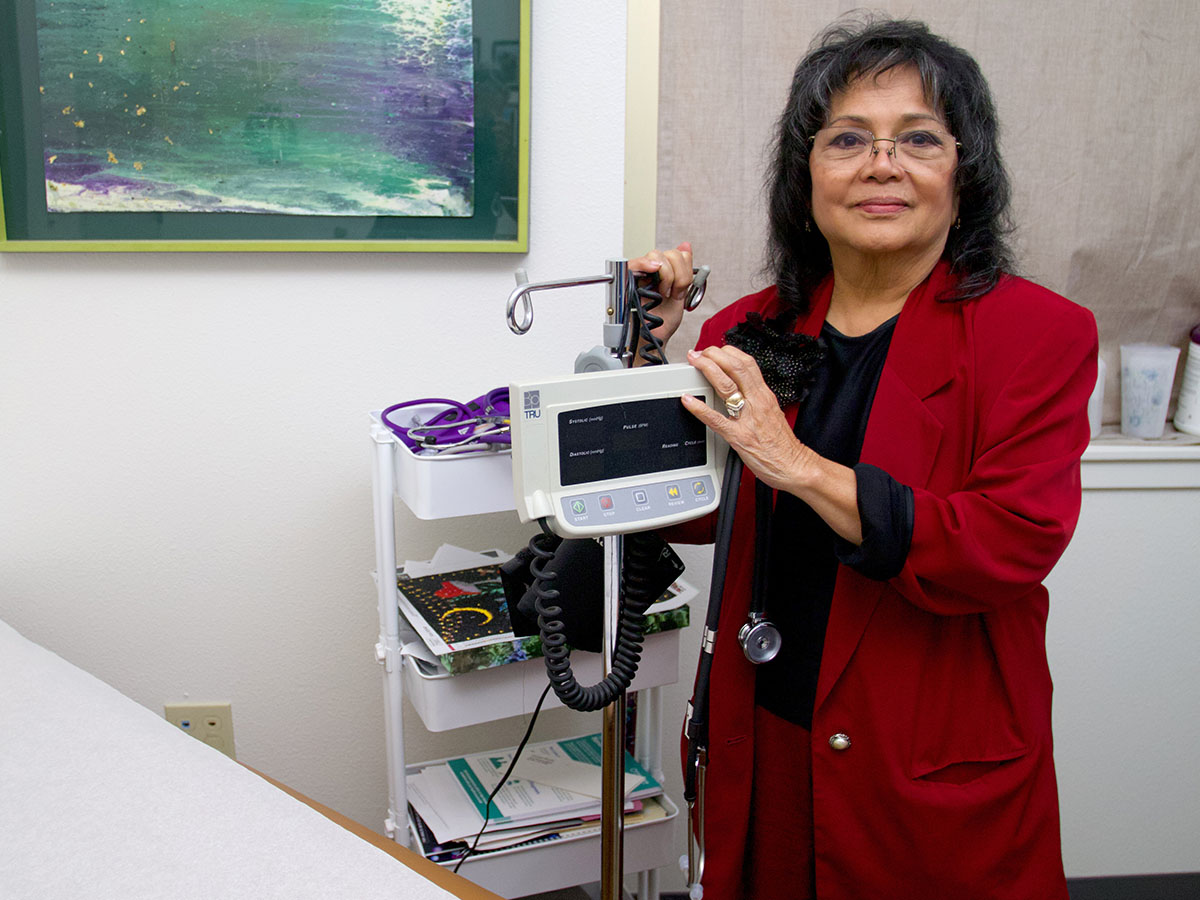
“If they are not diagnosed, they will often go back to the addiction,” Bayan said.
She was unable to recruit a replacement psychiatrist and trained a family medicine doctor and a family nurse practitioner to provide medical and mental health care for substance use disorder patients at Waterfront. For difficult cases, she is available to come to the clinic to evaluate a patient in person. “As long as I am in Humboldt County, these are my people,” Bayan said.
Adding Specialty Residencies
For Open Door the ob/gyn shortage prompted the organization to have family medicine doctors who have completed a one-year obstetrics fellowship deliver most of the babies. Since the pandemic, telehealth has increased access to care that can be done virtually, but for cases that require in-person appointments, specialists are needed. “I would like to find ways to make it more appealing for a specialist from outside the area to regularly rotate through a clinic one day a week or month,” said Tory Starr, CEO of Open Door. “Organizations could provide transportation, a place to stay, and clinical space and set up the contracts including billing for these doctors.”
Attracting specialty residents to rural hospitals is a strategy, said Jerry Myers, chief medical officer of Mercy Medical Center in Redding. He previously worked at a community hospital in Colorado Springs that partnered with Baylor College of Medicine to bring in fourth-year residents for two-month rotations. “Once the residents experienced working and living in the community, it was easier to attract them to work here after they completed residency,” he said.
In Chico, Healthy Rural California addressed the physician shortage by launching family medicine and psychiatry residency programs. The community lost 45 medical providers when Feather River Hospital closed due to wildfire damage from the Camp Fire in 2018. Twelve doctors enrolled, and the next goal is to create a specialty residency pathway program. Harwood is optimistic that many participants will practice in the community after their training.
“The majority of them are from Northern California, and they really envision themselves practicing in rural communities,” Harwood said. “We were provider-poor after the wildfire, and I hope the program reduces the risk that patients will have to drive hundreds of miles to get the care they need.”
Garnering Government Support
Local governments in Northern California have joined efforts to increase the number of physicians. In May, the Shasta County Board of Supervisors reviewed the feasibility of establishing a medical school in the region. Then in June, Shasta Health Officer James Mu, MD, declared a “public health crisis.” Earlier this year, a Humboldt County supervisor hosted a panel that summarized findings from interviews of medical professionals about recruitment and retention needs in the county.
Robert Moore, MD, MPH, MBA, chief medical officer of Partnership HealthPlan, is eager to see hospitals and community health center organizations advocate for Medicare reimbursement reform. “Medicare is the driver for all reimbursement systems,” he said, noting that the current low payment levels are a key barrier to attracting physician specialists to rural areas. As the specialist population dwindles, more patients forgo care altogether, and when obstetricians are unavailable, young families become less likely to settle in rural areas, hampering economic growth.
“Among the medical societies in the northern regions, the number one topic is the loss of specialists,” Moore said. “This is very stressful to providers. We are responsible for the health care of patients, and linking the specialty health needs of these vulnerable communities to the falling Medicare clinician pay rate is more likely to lead to a permanent fix.”
Authors & Contributors
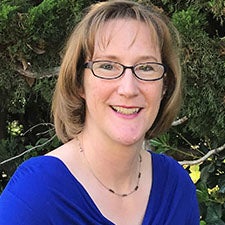
Heather Stringer
Freelance writer and editor
Heather Stringer is a freelance health and science journalist based in San Jose. She studied civil engineering at Stanford University and started her journalism career at a daily newspaper in Fremont. Heather began covering health care as a staff writer and editor at a nursing magazine and launched her freelancing career in 2003. Her work has been published in Scientific American, Monitor on Psychology, Cure, Proto, and Nurse.com.

Shaun Walker
Freelance Photojournalist
Shaun Walker is a former staff photojournalist and later also photo editor at the Times-Standard in Eureka, where he worked for nearly 25 years. He has done freelance work for the New York Times, Los Angeles Times, San Francisco Chronicle, and other major publications, as well as for local organizations. He also does wedding, nature, and portrait photography. He loves to travel the world, hike, and do whitewater and sea kayaking.



